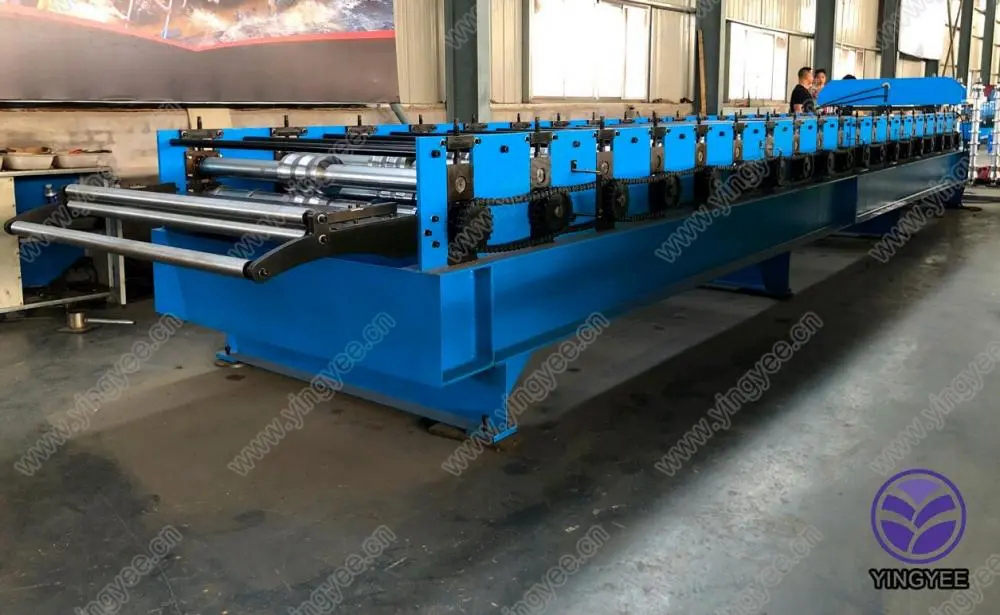
Understanding the ERW Tube Mill Factory A Comprehensive Overview
In today's industrial landscape, the significance of efficient and high-quality manufacturing processes cannot be overstated. One of the critical components of the metal industry is the production of tubes and pipes, primarily achieved through Electric Resistance Welding (ERW) technology. The ERW tube mill factory plays a pivotal role in this production, and understanding its functions, processes, and benefits is essential for anyone looking to engage in or learn about modern manufacturing.
What is an ERW Tube Mill?
An ERW tube mill is a type of manufacturing machinery designed to produce electric resistance welded tubes and pipes, primarily from coils of steel. The process involves forming flat steel strips into cylindrical shapes and then welding the edges together using high-frequency electrical currents. This method ensures a robust and durable final product, suitable for various applications including structural purposes, oil and gas distribution, and more.
The Manufacturing Process
The production process in an ERW tube mill factory generally unfolds in several stages
1. Coil Preparation The process begins with high-quality steel coils being transported to the factory. The coils are unwound and prepared for further processing.
2. Forming The flat steel strips are then fed through a series of rollers that form the edges of the strip into a cylindrical shape. This is a critical step, as precision in forming ensures accurate welds.
3. Welding Once the strip is seamlessly formed into a tube, the edges are welded together using electric resistance welding. This method involves passing an electrical current through the edges, generating heat that causes the metal to melt and fuse. This creates a continuous length of welded tube.

4. Sizing After welding, the tube passes through sizing rolls that adjust its diameter and ensure uniform dimensions. This step is crucial for maintaining the quality of the final product.
5. Cutting and Finishing The continuous tube is then cut into desired lengths. Additional finishing processes such as surface treatment may be applied to enhance the tube’s resistance to corrosion and wear.
Advantages of ERW Technology
ERW technology offers several advantages that make it a preferred choice in the manufacturing of tubes and pipes
- Cost-Effectiveness Due to its efficient processes, ERW tube mills can produce high volumes of tubing at a reduced cost compared to traditional welding methods. - High Quality The continuous welding process ensures strong welds with minimal defects, resulting in high-quality tubes that can meet rigorous industry standards.
- Versatile Applications ERW pipes are used in numerous sectors ranging from construction and infrastructure to oil and gas, making them essential in various industries.
- Customization Manufacturers can adjust the tube dimensions and specifications according to customer requirements, providing flexibility and customization.
Conclusion
An ERW tube mill factory is a vital contributor to the manufacturing industry, ensuring the production of high-quality welded tubes at an optimized cost. As global demand for various types of tubing continues to rise, the role of ERW technology becomes increasingly significant. For businesses involved in construction, energy, and other sectors, understanding ERW processes and choosing the right manufacturer is crucial for maintaining quality and efficiency in their projects. As the industry evolves, integrating innovative technologies within ERW tube mills will only enhance production capabilities, ensuring that these facilities remain at the forefront of engineering excellence.